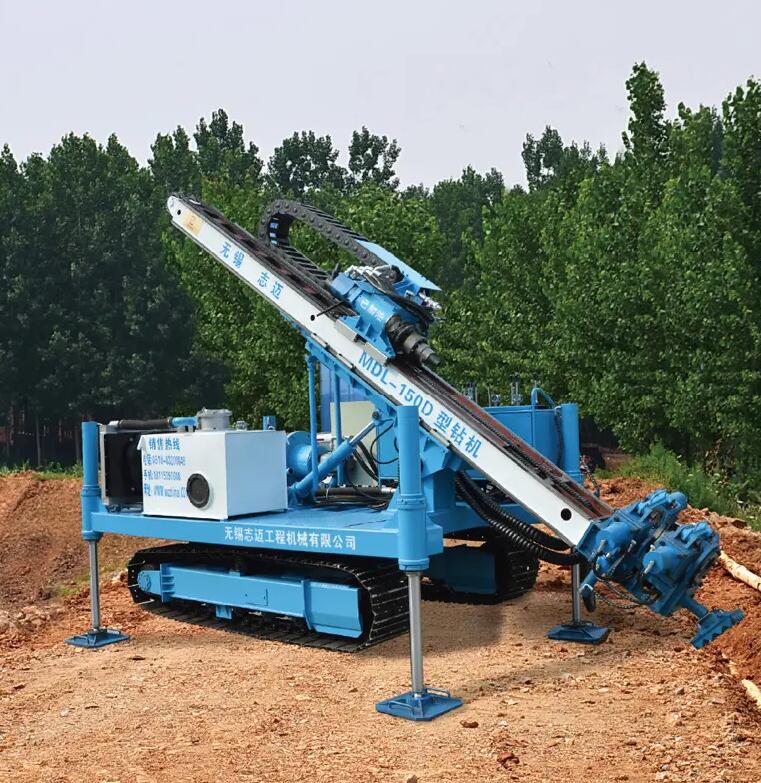 English
English שפה עברית
שפה עברית  Kurdî
Kurdî  Español
Español  Português
Português  русский
русский  tiếng Việt
tiếng Việt  ภาษาไทย
ภาษาไทย  Malay
Malay  Türkçe
Türkçe  العربية
العربية  فارسی
فارسی  Burmese
Burmese  Français
Français  日本語
日本語  Deutsch
Deutsch  Italiano
Italiano  Nederlands
Nederlands  Polski
Polski  한국어
한국어  Svenska
Svenska  magyar
magyar  বাংলা ভাষার
বাংলা ভাষার  Dansk
Dansk  Suomi
Suomi  हिन्दी
हिन्दी  Pilipino
Pilipino  Gaeilge
Gaeilge  Indonesia
Indonesia  Norsk
Norsk  تمل
تمل  český
český  ελληνικά
ελληνικά  український
український  Javanese
Javanese  தமிழ்
தமிழ்  తెలుగు
తెలుగు  नेपाली
नेपाली  български
български  ລາວ
ລາວ  Latine
Latine  Қазақша
Қазақша  Euskal
Euskal  Azərbaycan
Azərbaycan  Slovenský jazyk
Slovenský jazyk  Македонски
Македонски  Lietuvos
Lietuvos  Eesti Keel
Eesti Keel  Română
Română  Slovenski
Slovenski
How to Properly Store and Transport Your Anchoring Drilling Rig?
2025-10-25
How to Properly Store and Transport Your Anchoring Drilling Rig?
The proper storage and transport of a multi-functional anchoring drilling rig are critical aspects of asset management that directly impact its mechanical integrity, readiness for the next project, and overall service life. Mishandling during these non-operational phases can lead to costly repairs, safety hazards, and project delays. A systematic approach, following manufacturer guidelines and established best practices, ensures that the rig is protected from environmental damage, corrosion, and physical harm while being moved between sites.
Preparation for transport or long-term storage begins with a thorough cleaning and inspection. The entire multi-functional anchoring drilling rig, including the undercarriage, mast, drill head, and tool carrier, must be cleaned of all mud, grout, and debris. Accumulated material can retain moisture, leading to rapid corrosion, and can add significant unnecessary weight. Once clean, a detailed inspection should be conducted to identify any existing damage, loose parts, or fluid leaks that need to be addressed before moving or storing the equipment. This is also the ideal time to service the rig; changing hydraulic filters and engine oil, and greasing all fittings with high-quality grease, will protect internal components from corrosion during storage.

For transportation, securing the multi-functional anchoring drilling rig correctly is a matter of safety and regulatory compliance. The rig must be positioned properly on a trailer of adequate capacity and configuration. The mast should be fully lowered and securely locked in its transport position. All attachments, such as drill rods, augers, and hammers, must be removed, cleaned, and stored separately in designated racks or containers on the transport vehicle. The rig itself should be secured with heavy-duty chains and binders, placed on structural points like the chassis or designated lift points—never on hydraulic hoses or delicate components. Wheel chocks, flashing lights, and appropriate signage are mandatory. For international shipping or long hauls, weatherproof covers may be used to protect the rig from road salt and stone chips.
Long-term storage requires a dedicated and prepared location. Ideally, the multi-functional anchoring drilling rig should be stored indoors in a dry, well-ventilated warehouse. If outdoor storage is unavoidable, it should be placed on a firm, level surface such as a concrete pad or compacted gravel, away from areas prone to flooding. The use of a weatherproof, breathable tarpaulin is recommended to protect it from rain and sun, while allowing moisture to escape to prevent condensation. To prevent flat-spotting on tires, the rig should be moved slightly every month or the tire pressure should be increased, and the rig blocked to take weight off the tires. For crawler tracks, it is advisable to loosen the track tension slightly to reduce stress on the components.
Preserving the rig's systems is the final step. The battery should be disconnected, cleaned, and stored in a cool, dry place, preferably connected to a maintenance charger. All fuel tanks should be topped off to minimize internal condensation and treated with a fuel stabilizer to prevent the diesel from degrading. To protect the hydraulic system, some operators will "park" the rig with the hydraulic cylinders in a partially retracted position to prevent seal corrosion on the piston rods. A detailed log should be kept of all storage preparations. Before recommissioning the multi-functional anchoring drilling rig after a long storage period, a comprehensive inspection and system check must be performed to ensure all systems are functional and safe for operation.




